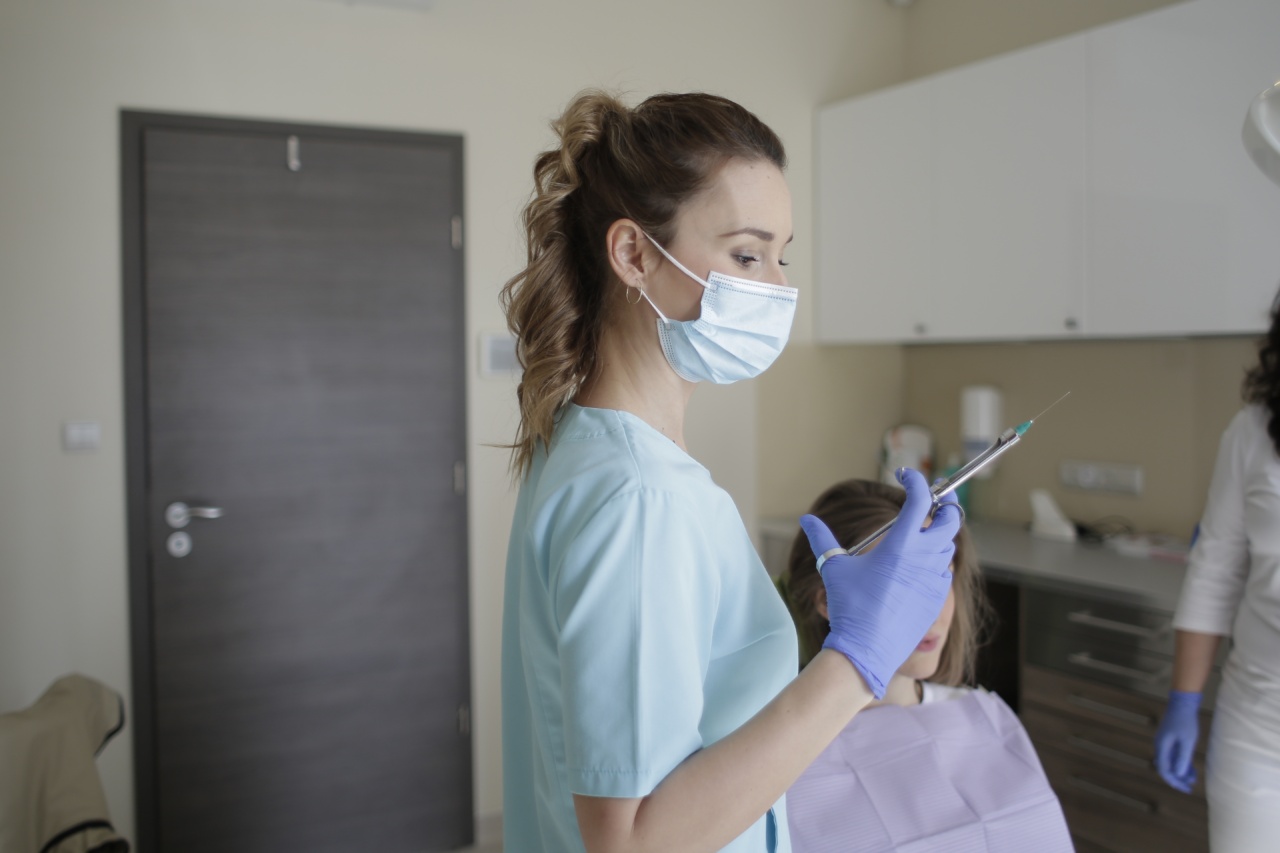Anesthesia is a medical procedure that is used to induce sleep or unconsciousness, stimulate muscle relaxation, reduce anxiety, and provide pain relief during surgical procedures.
While anesthesia can be safe, there are risks associated with this procedure, particularly in patients with chronic illnesses such as asthma. Asthma is a respiratory disease that affects the lungs and causes inflammation and narrowing of the airways. This article will explore some of the risks of anesthesia for asthma patients and what steps can be taken to minimize these risks.
Risk of Bronchospasm
One of the risks associated with anesthesia for asthma patients is the development of bronchospasm. This is when the muscles in the airways contract, causing the airways to narrow, making it difficult for the patient to breathe.
Bronchospasm can occur during or after anesthesia and can be life-threatening for asthma patients.
To minimize the risk of bronchospasm, it is important for asthma patients to inform their anesthesiologist of their asthma diagnosis.
The anesthesiologist can then take steps to prevent bronchospasm, such as administering bronchodilators before anesthesia, monitoring the patient’s breathing during and after the procedure, and providing oxygen therapy if necessary.
Risk of Infection
Another risk associated with anesthesia for asthma patients is the risk of infection. Asthma patients are at an increased risk of developing respiratory infections, particularly pneumonia, due to the underlying inflammation in their airways.
Anesthesia can further increase the risk of infection as it can suppress the immune system, making it harder for the body to fight off infections.
To minimize the risk of infection, it is important for asthma patients to maintain good respiratory hygiene before and after surgery.
This includes practicing good hand hygiene, avoiding contact with sick individuals, and getting vaccinated against respiratory infections such as influenza and pneumococcal pneumonia.
Risk of Hypoxemia
Hypoxemia is a condition where there is a decrease in the amount of oxygen in the blood. Anesthesia can increase the risk of hypoxemia in asthma patients as it can cause the airways to narrow, making it harder for the lungs to oxygenate the blood.
Hypoxemia can be dangerous for asthma patients as it can lead to organ damage and even death.
To minimize the risk of hypoxemia, the anesthesiologist can monitor the patient’s oxygen saturation levels throughout the procedure and provide oxygen therapy if necessary.
It is also important for asthma patients to inform their anesthesiologist of their asthma diagnosis so that they can take steps to prevent hypoxemia.
Risk of Allergic Reaction
Asthma patients are at an increased risk of developing allergic reactions to medications, including anesthesia. Allergic reactions can range from mild to severe and can include symptoms such as hives, swelling, and difficulty breathing.
To minimize the risk of allergic reactions, the anesthesiologist can perform a thorough allergy history before administering anesthesia and avoid using medications that the patient is known to be allergic to.
It is also important for asthma patients to inform their anesthesiologist of any allergies they may have.
Risk of Postoperative Complications
Asthma patients are at an increased risk of developing postoperative complications, such as respiratory failure and pneumonia, as a result of anesthesia. These complications can be life-threatening and can prolong hospital stays and recovery time.
To minimize the risk of postoperative complications, it is important for asthma patients to follow their postoperative care plan closely, including taking any prescribed medications and attending follow-up appointments with their healthcare provider.
It is also important for asthma patients to inform their healthcare provider of any new symptoms that they may experience after surgery.
Risk of Delayed Recovery
Delayed recovery is another risk associated with anesthesia for asthma patients. Asthma patients may experience longer recovery times after surgery due to the underlying inflammation in their airways, which can make it harder for them to breathe.
To minimize the risk of delayed recovery, asthma patients should inform their healthcare provider of their asthma diagnosis before surgery.
The healthcare provider can then take steps to monitor the patient’s breathing and provide oxygen therapy if necessary. It is also important for asthma patients to follow their postoperative care plan closely.
Risk of Mismanaged Asthma
Mismanaged asthma is a risk associated with anesthesia for asthma patients. Asthma patients may be at an increased risk of exacerbations and hospitalizations if their asthma is not well-controlled before and after surgery.
To minimize the risk of mismanaged asthma, asthma patients should work with their healthcare provider to develop a comprehensive asthma management plan before surgery.
This may include adjustments to asthma medications, monitoring breathing symptoms more closely, and scheduling follow-up appointments with the healthcare provider after surgery.
Risk of Undiagnosed Asthma
Undiagnosed asthma is a risk associated with anesthesia for patients who have not been diagnosed with asthma.
Anesthesia can cause bronchospasm and airway inflammation in individuals who have undiagnosed asthma, leading to difficult breathing and other respiratory symptoms.
To minimize the risk of undiagnosed asthma, individuals should inform their healthcare provider if they have a history of respiratory symptoms, such as wheezing, coughing, and shortness of breath.
The healthcare provider can then perform a thorough evaluation to determine if asthma is present.
Conclusion
Anesthesia is a necessary medical procedure for many surgical procedures, but it does carry risks, particularly for asthma patients.
By informing their healthcare provider of their asthma diagnosis, asthma patients can take steps to minimize these risks and ensure a safe and successful surgical procedure.





























